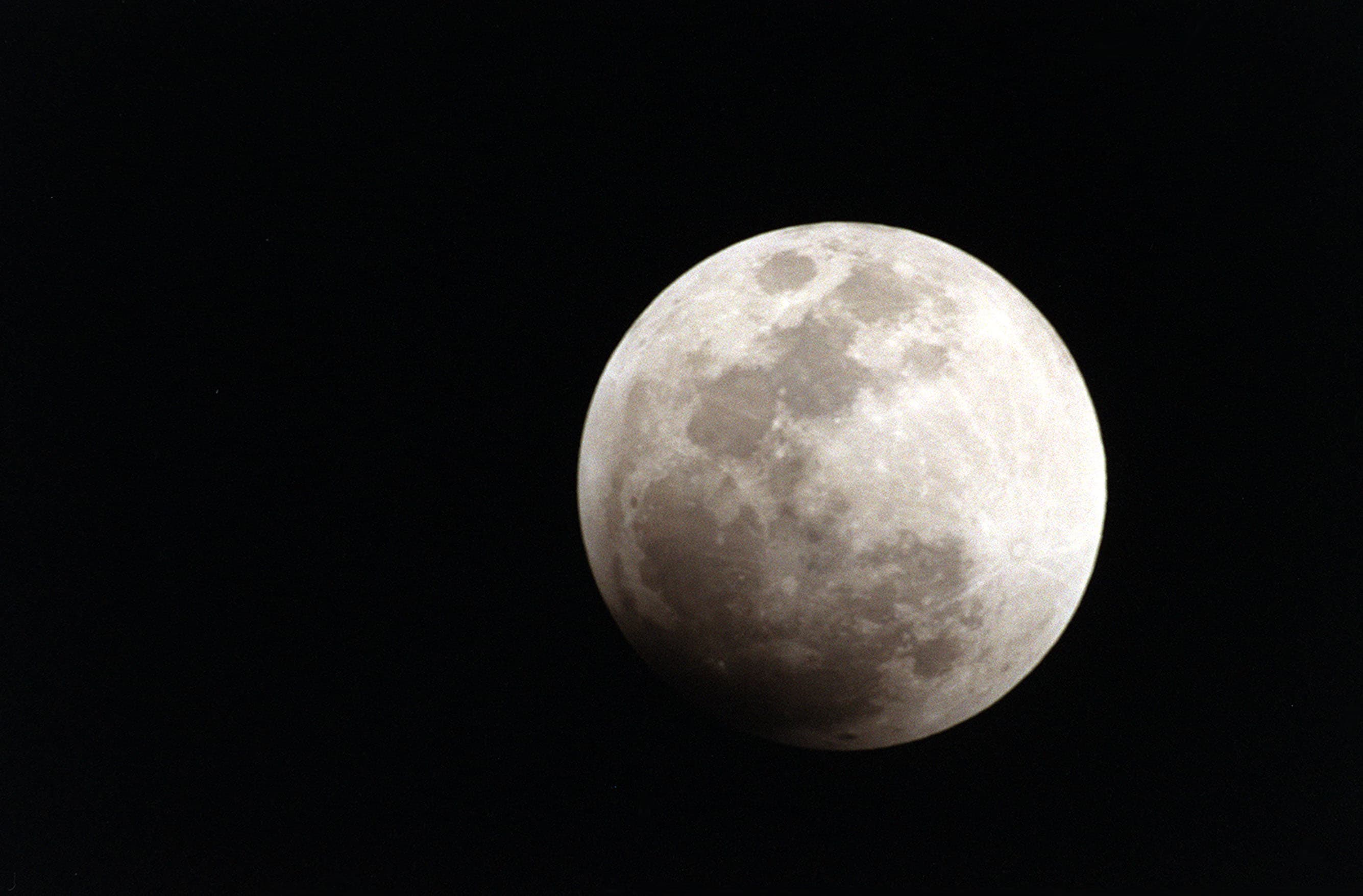Last week, in a matter of a few days, two studies came out that brought with them a completely different perspective on our Moon.
The first one, published in Nature Geoscience, was about an alternative hypothesis on the formation of our natural satellite. The (now) traditional scenario suggests that an object the size of Mars, nicknamed Theia, slammed into the Earth about 150/200 million years after the formation of the solar system. The impact ended up throwing enough material into orbit, and that material eventually formed the Moon.
The great impact hypothesis is the best theory we have about the birth of the Moon, but it is not without uncertainties. The bulk composition of the Moon should be a mixture of material from Earth and Theia, but it’s actually almost exclusively of earthly origin, so where did Theia go?
Solutions invoke a very powerful impact that destroyed and mixed both objects together or that Theia was denser leaving lighter material in orbit.
The Nature Geoscience study suggests that instead of a single giant impact forming a single large Moon, it was multiple impacts that threw material from our planet into orbit.
On over 800 simulations, the researchers looked at the conditions necessary for this material to form many moonlets, and for these moonlets to eventually merge together into a single one. The whole affair should have taken about 100 million years.

The Moon by NASA (as in NASA took the picture, not that it’s launching a new line of Pret-a-Porter satellites)
Another study emerged a few days later, this time in Science Advances, and showed compelling evidence that the Moon was already in place 60 million years after the formation of the solar system.
Here is the lunacy: in a matter of just a few days, a compelling new idea already needed an update! But let’s be perfectly clear, the multiple impacts model is a new hypothesis, so its potential validity has to still be assessed, but the model will have to be reworked to fit in with the newest findings.
While I’m more confident on a single impact scenario than a multiple one, I find it incredibly fascinating to see the inner workings of a scientific hypothesis laid so bare like in this example. You think of an idea, you discover something new, you have to rethink your idea. It’s fascinating!
The issue here is merely the length of the impact period. The backdating of the Moon is actually making a stronger case for a scenario with an impact (or multiple impacts). Most of the bigger impactors must have formed at the same time as the other planets, and they can’t just have been waiting around in “stand-by” mode for 200 million years before they eventually hit the Earth.
We seem to now have a pretty solid anchor for when the Moon formed, so it’s a matter of finding which model fits the data better.